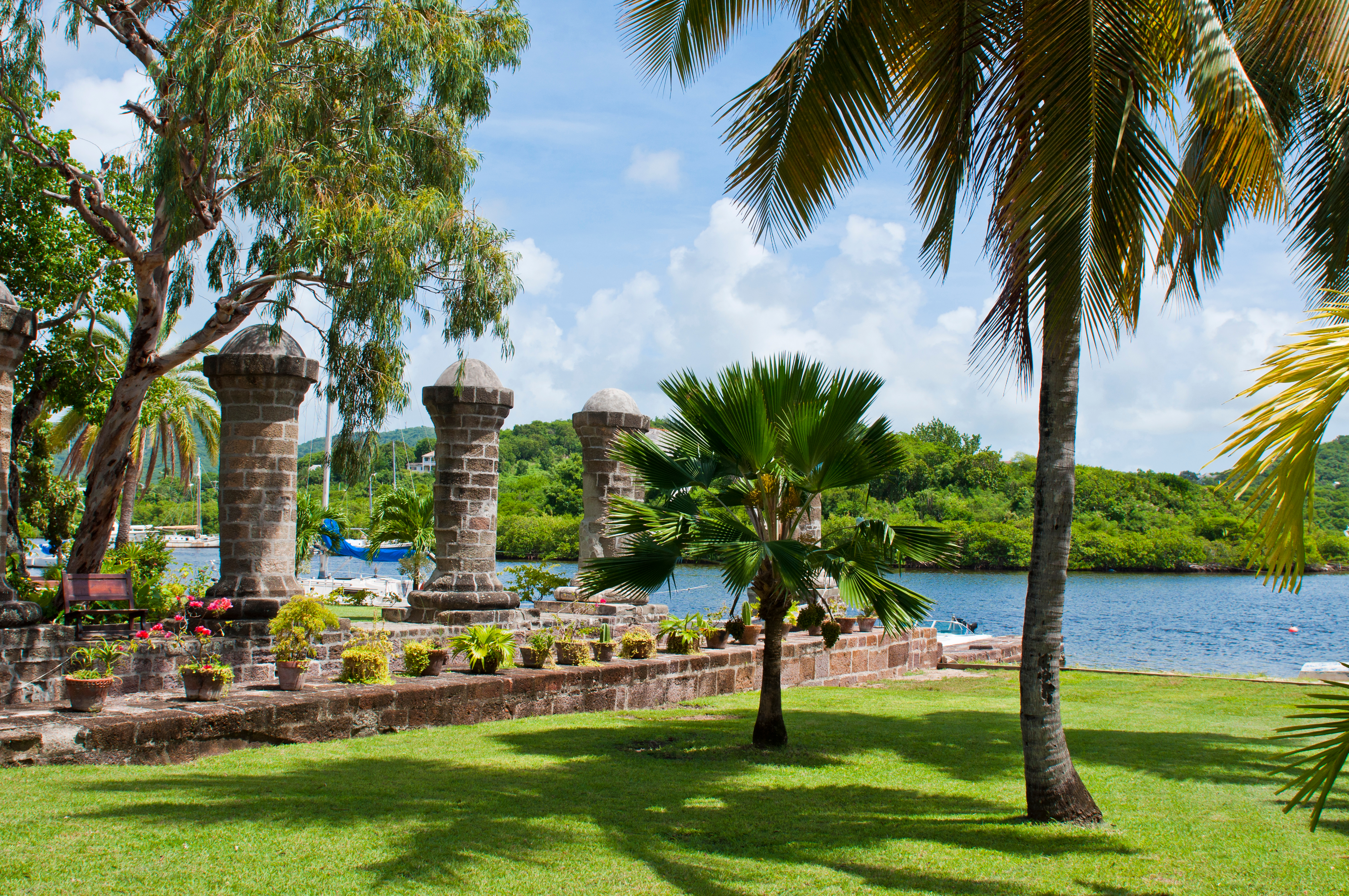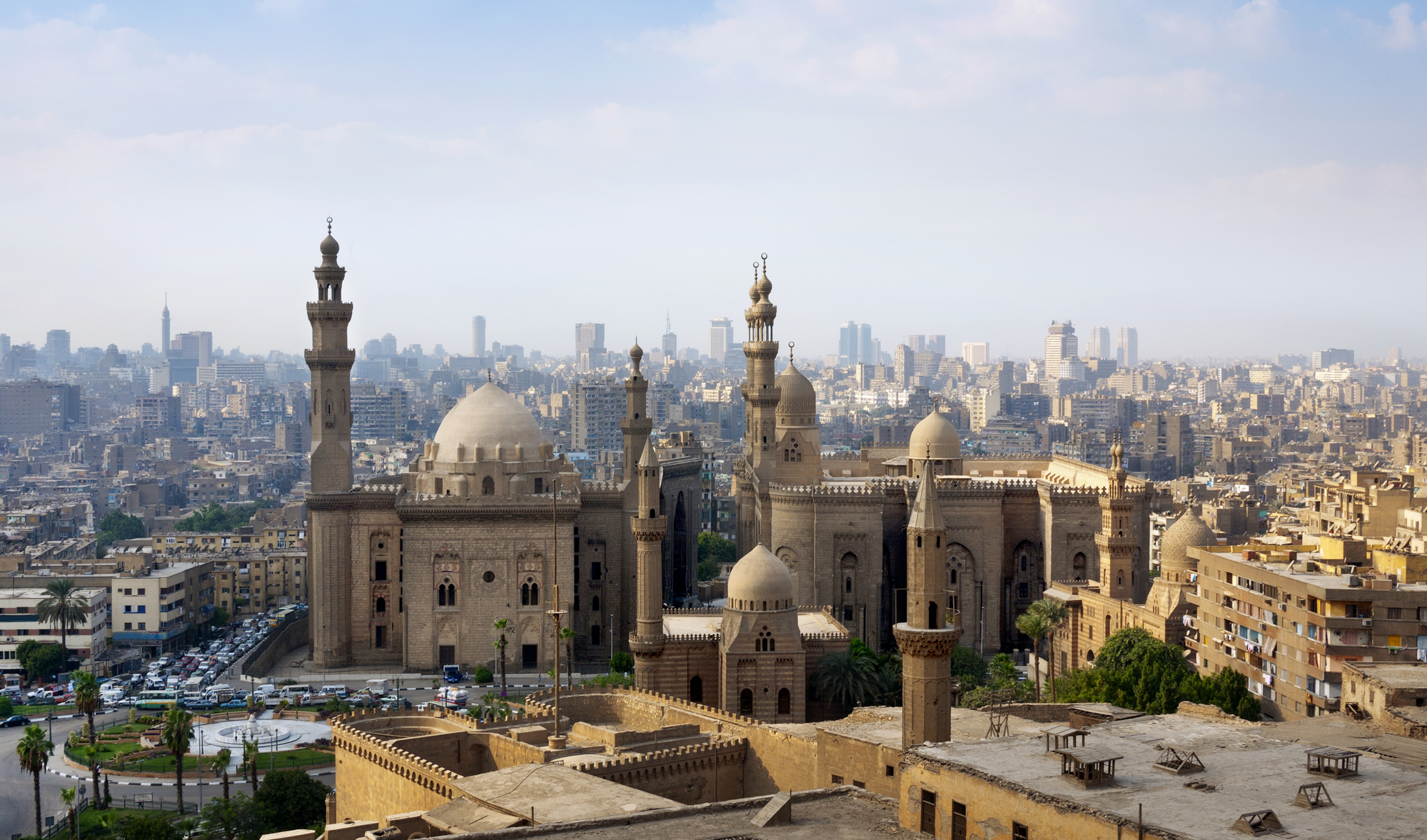BOOKING INFORMATION
May 11 - 25, 2019
$4,095 including air from Toronto
Land only: $3,095 Single supplement: $585
Waitlist only
DOWNLOAD PDF OF ITINERARY
*If the tour is SOLD OUT, please contact us to be added to the waitlist.

A fascinating “pilgrimage” along the legendary “Road to Saint James,” leading from France via the Pyrenees, the Basque Country, the former Kingdom of Navarra, and the Castilian highlands to the most popular sanctuary in medieval Europe, Santiago de Compostela, situated on Spain’s Atlantic coast near Cape Fisterra - the “end of the world” to the Ancients. We return via Spain’s wonderful “Green Coast,” overlooking the legendary Bay of Biscay. The sightseeing will be complemented by talks on myth, religion, architecture, and history, by the tour host, Jacques Pauwels, PhD, author of books such as ‘Beneath the Dust of Time: A History of the Names of Peoples and Places’ (London, 2009) and ‘The Great Class War 1914-1918’ (Toronto, 2016).
May 11 - 25, 2019
Land only: $3,095 Single supplement: $585
DOWNLOAD PDF OF ITINERARY
*If the tour is SOLD OUT, please contact us to be added to the waitlist.

Evening departure from Toronto to Paris. Dinner and a light breakfast will be served on board.
Morning arrival in Paris, and short connecting flight to Toulouse, arriving in late morning. A comfortable private coach (equipped with AC, WC, etc.) will be waiting to take us into the foothills of the Pyrenees, the mountain chain that separates France from Spain. We follow an ancient Roman road which, during the Middle Ages, morphed into the Via Tolosanaor “Toulouse Road,” one of the four roads taken by pilgrims as they made their way through France to the distant sanctuary of St. James (Santiago) in the town of Compostela. Short visit to St. Bertrand de Comminges, officially ranked as one of France’s “Most Beautiful Villages,” where an impressive former cathedral bears witness to the importance of this place as a station on the Via Tolosana. Mid-afternoon arrival at the very comfortable 3-star/superior tourist-class hotel in or near the town of Oloron-Sainte-Marie.Free time to settle in, followed by dinner in the restaurant of our hotel.
Today we follow the Via Tolosana and cross the mighty Pyrenees via the Somport Pass, situated at an altitude 0f 1,600m but open even in winter, to explore Spain's mountain province of Aragon, including its great sanctuary for "Jacobean" pilgrims, San Juan de la Pena, tucked away at the foot of a rocky cliff, as well as the picturesque town of Jaca and the mountain village of Aguero. Return to our hotel in late afternoon. No group dinner this evening.
Departure from Oloron after breakfast. We soon reach St. Jean-Pied-de-Port, a picturesque village in the French Basque Country, nestled in a river valley at the foot of the Pyrenees Mountains, where the three other roads to Compostela used to converge. After our local visit, we follow the footsteps of the pilgrims to the top (at a modest altitude of 1057m) of the mountain pass of Roncevaux(or Roncesvalles), where Charlemagne’s legendary paladin, the brave knight Roland, died heroically in a battle against the Saracens – or was it the Basques? Visit to the monastery church, burial place of the monarchs of Navarra, a medieval kingdom that is now a province of Spain. Descending the heights of the Pyrenees, we motor via Navarra’s capital, Pamplona,home of the world-famous annual "running of the bulls" described by Hemingway, to the nearby old town of Puente de la Reina.Here we are greeted by the statue of a Jacquet(Compostela pilgrim) in traditional costume, at the historical crossroads where the pilgrims' roads coming in from Roncesvalles merge with the one coming in from the Somport Pass; from here on there is one single road that we will follow from here all the way to distant Compostela; it is known as the Camino Frances and is classified in its entirety as a UNESCO World Heritage Site (http://whc.unesco.org/en/list/669). Symbolic walk (about 1 km) through this quaint town and across the medieval bridge used by thousands of pilgrims in the past, which gave its name to the town, and dinner and overnight in a fine 3-star/superior tourist-class hotel situated at the historical crossroads, the appropriate named Hotel Jakue. Jakue being Basque for James (http://www.jakue.com/habitaciones).
Full-day excursion to San Sebastian, the most beautiful city and resort of the Spanish Basque Country. Highlights will include the superb Concha Beach, comparable to Rio’s Copacabana; Monte Igueldo Hill, featuring grandiose panoramic views of the city and the Bay of Biscay; the pretty old town; and the Peine del Viento(“Comb of the Wind”), an eccentric open-air masterpiece of the world-famous Basque sculptor Eduardo Chillida. Also free time to shop and enjoy tapas or a gourmet lunch in this city, Spain’s gastronomic Mecca! In late afternoon we return to our hotel via Pamplonafor a walk along the narrow streets that witness the “running of the bulls”! Dinner again in the restaurant of our hotel.
Departure fromPuente de la Reina after breakfast. Descending through the foothills of the Pyrenees, we enter the Ebro River Valley and the world-famous Rioja wine region, whose “cultural landscape” was recently placed on the tentative UNESCO list (http://whc.unesco.org/en/tentativelists/5793). We pause in Logroño, the capital of the region, for an opportunity to taste Rioja wine and enjoy lunch in one of the many eateries in the famous Calle del Laurel, reputed to be one of the finest places in all of Spain for tapas! (http://www.callelaurel.org/en). Afternoon arrival in Santo Domingo de la Calzada,a small but very interesting town where it is de rigueur to visit the Cathedral, associated with the fascinating "miracle of the cock and hen"! Dinner and overnight in the first-class local parador, aconverted 12th-century hospital for pilgrims” (http://www.parador.es/en/paradores/parador-de-santo-domingo-de-la-calzada).
This morning we motor westward, enter Old Castile, Spain’s historical heartland, and soon reach the city of Burgos, wherewe visit the magnificent Cathedral with the tomb of El Cid, classified as a UNESCO site (http://whc.unesco.org/en/list/316). On to León,founded by Roman legionnaires and full of mementoes of a glorious past. Our sightseeing there will include the Gothic Cathedral with its superb stained-glass windows, as impressive as those of Chartres; the Romanesque San Isidoro Basilica, whose amazing crypt, featuring the finest frescoes in Spain, is known as the “Sistine Chapel” of Romanesque painting; and a look at Casa Botines,one of the rare edifices by Gaudi to be found outside of Barcelona. In late afternoon, we continue to Astorga, another town with Roman origins, located on the intersection of the Camino and the Via de la Plata or “Silver Route,” an ancient north-south itinerary used as early as the Bronze Age to transport the precious metals of Spain’s northern mountains to Seville (https://en.wikipedia.org/wiki/V%C3%ADa_de_la_Plata). Dinner and overnight in the centrally located first-class Hotel Gaudi (http://gaudihotel.es/en).
This morning we take a look at Astorga’s fine City Hall, then visit the Cathedral, a building in the Flamboyant Gothic style but featuring sumptuous Renaissance and baroque decorations. But the major local attraction is another fantastic creation by Gaudi, the Episcopal Palace, which happens to be home to an interesting Museum of the Way of St. James. The rest of the day is free shop and/or explore the town on your own; you may want to inspect the Roman city wall and perhaps visit the local Roman Museum and/or the Chocolate Museum, reflecting the fact that, in the 16thcentury, Astorga was one of the first places in Europe to make chocolate! No group dinner this evening, but there are plenty of excellent restaurants and tapas bars in town!
After breakfast, short drive to another UNESCO World Heritage Site, Las Medulas, a strange but beautiful landscape created two millennia ago by the Romans who mined here for the most precious of all metals (“medulas”), gold (http://whc.unesco.org/en/list/803). Then we rejoin the ancient pilgrims’ road to Compostela and head for the hamlet of Pedrafitaon top of the mighty Cebreiro Mountain Pass(alt.: 1330m), associated with pious legends and featuring wonderful panoramas as well as intriguing traditional stone houses, possibly of Celtic origin, known as pallozas. Lunch of regional culinary specialties in a hostel for pilgrims. We are now in the hilly and very green province of Galicia, situated in northwestern Spain on the rugged shores of the Atlantic Ocean and the Bay of Biscay. In late afternoon we finally arrive in the remote sanctuary that used to attract more pilgrims than Rome or Jerusalem:Santiago de Compostela.Accommodation in one of the few centrally-located first-class/4-star hotels, Hotel Compostela (https://www.hotelcompostela.es/en).
It was in corner of Galicia, according to legend, that the body of St. James the Apostle was discovered and buried. St. James – “Santiago” in the Galician language - subsequently became the patron saint of Spain and played a crucial role in the so-called Reconquista, the Spanish war of independence against the Moors. Today, Compostela is still a wonderful, almost mystical town with a magnificent partly Romanesque, partly Baroque cathedral dedicated to St. James as well as many other places of interest.
Morning sightseeing tour of Santiago, yet another UNESCO World Heritage Site (http://whc.unesco.org/en/list/347). The highlight will of course be the Cathedral, located on majestic Obradoiro Square; this sanctuary, a shell of Romanesque architecture overgrown with barnacles of exuberant Baroque decorations, features the Tomb of St. James as well as the sublime sculptures of Master Mateo’s Portico de la Gloria, the Holy Gate, and other treasures. And it will hopefully be possible to witness the swinging of the great censer known as "Botafumeiro" (https://en.wikipedia.org/wiki/Botafumeiro; watch the swinging here: https://www.youtube.com/watch?v=2QFd_55El1I). The afternoon is free to explore Compostela on your own. Dinner in the restaurant of our hotel.
Today we take a sidetrip along the rugged Galician coast with its many fjord-like inlets. Our destination is Cabo Fisterra, the cape of "the end of the earth," long considered to be continental Europe's westernmost point. Pilgrims already flocked to a pagan shrine on this site hundreds of years before Christianity appeared on the scene, and it is here that medieval pilgrims searched for the sea scallop, whose shell became emblematic for the cult of St. James - the coquille St. Jacques!A simple but delicious lunch of Galician seafood will be served in a typical restaurant. Return to Compostela in late afternoon and rest of the day at leisure.
Departure after breakfast. Short drive to the seaport of La Coruna, situated on the northwestern tip of the Iberian Peninsula, to view the legendary, 57-meter high Tower of Herculesthe only surviving lighthouse of Greco-Roman antiquity, not surprisingly classified as a UNESCO World Heritage Site (https://whc.unesco.org/en/list/1312) as well as a National Monument of Spain. Then we cross into the province of Asturias and enjoy a very scenic drive along the rugged Costa Verde or “Green Coast,” overlooking the Bay of Biscay; its name refers to the colour of the sea, the pine forests along the shore, and the meadows inland, and the scenery includes cliffs, sandy inlets, river estuaries, fine coastal resorts, busy seaports, and quaint fishing villages. We will pause regularly for photo opportunities, coffee and lunch breaks, for instance in the town of Luarca. Dinner and overnight in a four-star hotel located on the beach in the coastal resort of Ribadesella, the Gran Hotel del Sella (http://www.granhoteldelsella.com/gran-hotel-sella).
Morning excursion into the rugged mountain range known as the Picos de Europa, with visits to the quaint Asturian town of Cangas de Onis and Covadonga, site of the first Christian victory against the Arabs (in 722), starting point of the Reconquista, and cradle of the Spanish Monarchy and state. Return to Ribadesella and rest of the day at leisure to enjoy the beach, shop, explore on your own, perhaps even play a round of golf! No group dinner this evening.
We leave Ribadesella and motor along the shores of the Bay of Biscay to Santillana del Mar,often described as the prettiest village in Spain. Visit to the village itself, a showcase of Spanish Medieval and Renaissance architecture, and to the nearby museum of the Altamira Cave,another “Sistine chapel” and UNESCO site, this one of prehistoric art (http://whc.unesco.org/en/list/310); the cave itself is not open to visitors, but the museum features a superb facsimile of the cave paintings. Group lunch en route. In the afternoon we continue to Bilbao,the metropolis of the Basque Country, for a visit to the world-famous Guggenheim Museum, a masterpiece of the architect Frank Gehry (www.guggenheim.org/about-us). En route we will pause in the Bilbao suburb of Portugaleteto admire the Vizcaya Bridge, a transporter/suspension bridgeacross the Nervion River, built in 1893 and inspired by Gustave Eiffel’s achievements; this bridge is considered a marvel of engineering and has therefore been classified as a UNESCO World Heritage Site in the “industrial heritage” category (https://en.wikipedia.org/wiki/Vizcaya_Bridge). Overnight in a first-class hotel near Bilbao Airport.
After a very early breakfast, short transfer to Bilbao Airport and return flight to Canada, via Paris.
Included in the tour price are: - Return flight with Air France from Toronto to Toulouse, Bilbao to Toronto via Paris; - Airport taxes, security fees, and fuel surcharges; - Accommodation in 3 and 4-star hotels as shown in the above itinerary and based on double occupancy – the single room supplement is $585; - Breakfast (mostly buffet-style) daily and a total of ten dinners (or sometimes full lunch); - Overland transportation by private coach; - All transfers, sightseeing, and excursions as described in the itinerary; - Porterage of one suitcase per person at all hotels when available.
Not included are: - All items of a personal nature; - Wine, beer, mineral water and similar beverages with dinners, but wine/water will be included with some dinners in Spain; - Gratuity for the coach driver, 25 Euros, to be paid locally in cash. - Travel Insurance is available on request.


January 25 - February 01, 2026
Inside cabins $925 per person based on double occupancy

January 31 - February 19, 2026
$10,550 including flights from Toronto, based on double occupancy